Willow Tree Fertilizers Best for All Willows
You don’t need mandatory additional fertilizers for willow trees. But, if the soil lacks nutrients, use a balanced NPK fertilizer for your willow trees.
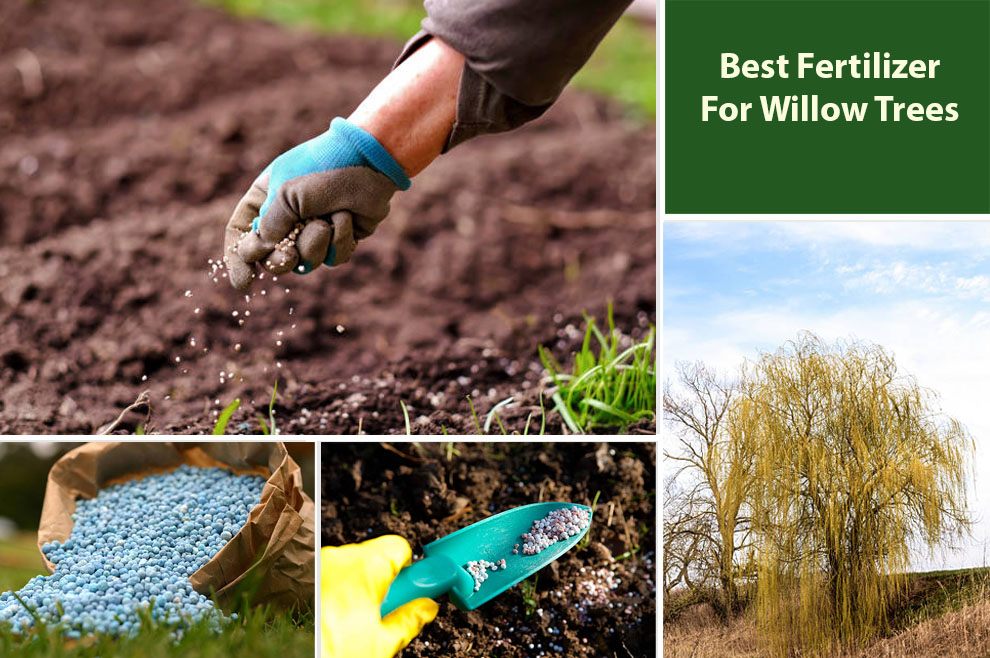
Willow trees are deciduous trees that are native to moist areas and known for their graceful, drooping branches and dark green leaves. Even though Willows are very capable of growing on their own, additional nutrients like nitrogen, phosphorous, and sulfur ensure faster and healthier growth.
To fertilize the willow tree, apply a slow-release fertilizer with a balanced ratio of nitrogen, phosphorus, and potassium (NPK 10-10-10). Spread the fertilizer around the tree in a circle and water it in.
In this article, we will learn about commonly used Willow tree fertilizers and how often to use them. We will also learn about the additional nutrients that willows require for their healthy growth. Let’s get going!
Top Three Fertilizer for Willow Trees
- All-Purpose Pick – The Miracle-Gro Water Soluble All-Purpose Plant Food
- Specialized Willow Fertilizer Pick – Tree Help Premium Fertilizer For Willow
- Best Value for Money – Miracle-Gro 1000701 Pound Water-Soluble Fertilizer For Acid-Loving Plants
Which Nutrients Do Willow Trees Need to Grow?
Willow trees require a variety of nutrients to grow, including nitrogen, phosphorus, potassium, calcium, magnesium, and sulfur.
Nitrogen is essential for the development of healthy foliage and is especially important for young trees. Phosphorus helps with root development and encourages flowering and fruiting. Potassium is important for photosynthesis and helps with disease resistance.
Calcium helps with cell wall development and strengthens the tree’s overall structure. Magnesium helps with chlorophyll production and assists in the uptake of other essential nutrients.
Sulfur also helps with chlorophyll production and aids in the uptake of other nutrients. All of these nutrients are important for the health and growth of willow trees.
Is Fertilizer Even Necessary For Willows?
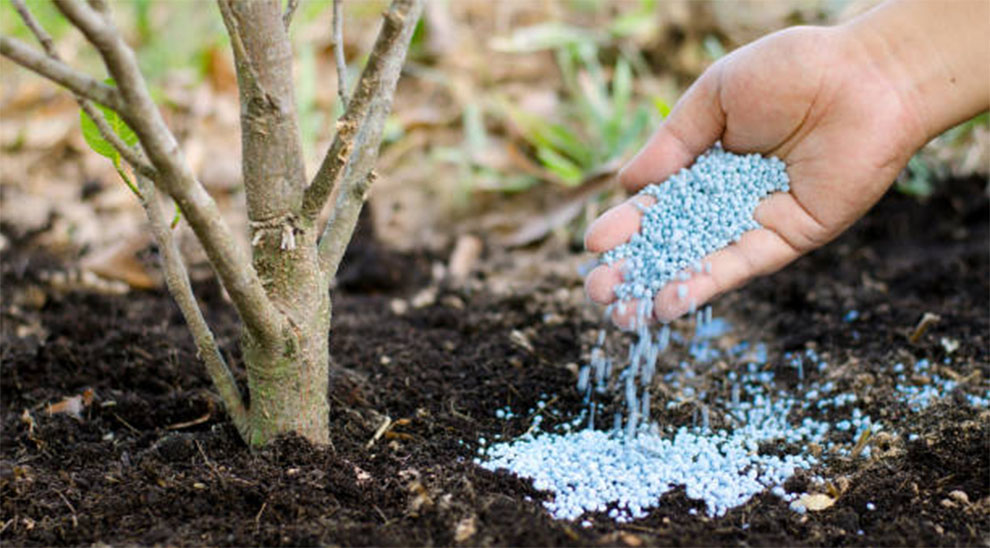
Willow tree varieties do not require additional fertilizer per se, but it can a good addition if the soil is inadequate. Willow trees are extremely durable and adaptable, capable of flourishing in a wide range of soils and temperatures.
Using Willow tree fertilizers, on the other hand, maybe advantageous if you wish to promote vigorous and healthy growth.
When fertilizing willow trees, use a balanced fertilizer that contains the right amounts of nitrogen, phosphorus, and potassium. Choose a fertilizer designed exclusively for trees over a general-purpose all-purpose fertilizer.
Excessive nitrogen can cause excessive leaf growth and decrease flowering and fruiting, but phosphorus or potassium imbalances can inhibit root and stem growth.
Apply a slow-release fertilizer every two to three months during the growing season. Follow the package directions and spread the fertilizer evenly around the base of the tree, being careful not to get it on the trunk or leaves.
A layer of mulch around the tree can also help control weeds and retain moisture during dry seasons. In addition to fertilizing, it is important to provide adequate water to your willow tree.
During the first two years of growth, water it regularly and deeply. During the summer months, water it two to three times per week.
What Kind Of Fertilizer Do Willow Trees Like?
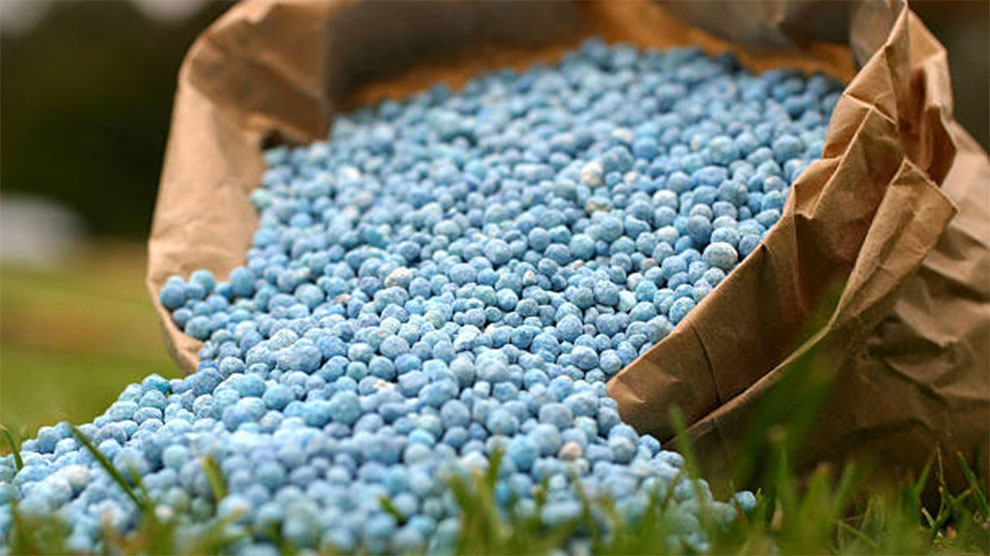
Willow trees prefer a balanced fertilizer with low nitrogen content. Nitrogen is the primary nutrient in most fertilizers, and too much nitrogen can stunt the growth of willow trees. The other essential nutrients are phosphorus and potassium, which are important for healthy root growth, flower and fruit production, and overall plant health.
In addition, willow trees need small amounts of other trace elements such as manganese, zinc, and iron. In general, willow trees need a slow-release fertilizer with a ratio of 10-10-10. This ratio means that the fertilizer contains 10% nitrogen, 10% phosphorus, and 10% potassium.
This ratio provides an ideal balance of nutrients for the trees and encourages healthy growth. When applying fertilizer, it is important to follow the directions on the package and apply it evenly around the tree at the correct rate.
Willow trees should be fertilized in early spring to give them a boost of nutrients for the growing season. It is also important to water the fertilizer after application to ensure it is absorbed into the soil.
Best Fertilizers for Willow Trees
If you are looking to purchase fertilizers that will help the willow trees in your backyard to produce better foliage then these are some of the best fertilizers options for willows that you can consider using on the root of your plant:
1. The Miracle-Gro Water Soluble all-purpose plant food
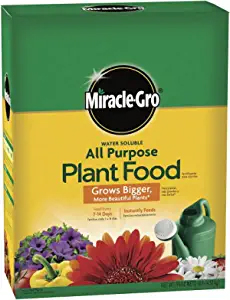 |
Check price on Amazon |
This is an all-purpose fertilizer that can be used on Willow trees as well. It is a water-soluble fertilizer and needs to be applied to the root of the willow trees as often as directed on the packaging. This fertilizer is full of essential nutrients which instantly provide the trees with the necessary elements for their faster and healthier growth.
2. Tree Help premium fertilizer for Willow
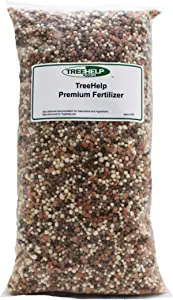 |
Check price on Amazon |
This is a fertilizer that has been specially formulated to be used on willow trees. It comes in packages of 1.5 kilograms and is known to provide long-term vitality through robust root development, making the plant stronger and sturdier.
It provides the plant with a continuous flow of slow-release nitrogen throughout the growing season. It is considered to be the best fertilizer for weeping willow trees.
3. Miracle-Gro 1000701 pound water-soluble fertilizer for Acid-Loving plants
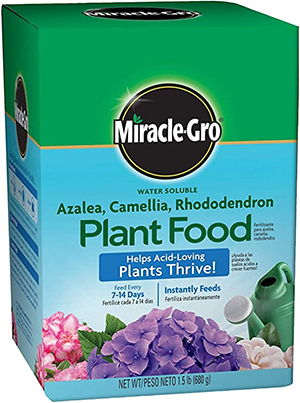 |
Check price on Amazon |
This fertilizer provides the roots of the willow trees with the necessary nutrients they need and ensures lush foliage and beautiful blooms. This is a water-soluble fertilizer which means that it needs to be dissolved in water and then applied to the roots. It should be used every 1 to 2 weeks on the plants.
How Do You Fertilize Willow Trees?
Once the right type of fertilizer has been selected, it should be applied at the proper time and rate. For most willow trees, fertilizing should take place in early spring or late fall. The amount of fertilizer to use depends on the size of the tree, so it is best to consult with a professional or follow the instructions on the fertilizer label.
In addition to fertilizing, it is also important to keep the soil around the willow tree well-drained and mulched. This will help prevent weeds and conserve water.
Follow the steps given below to fertilize a willow tree properly:
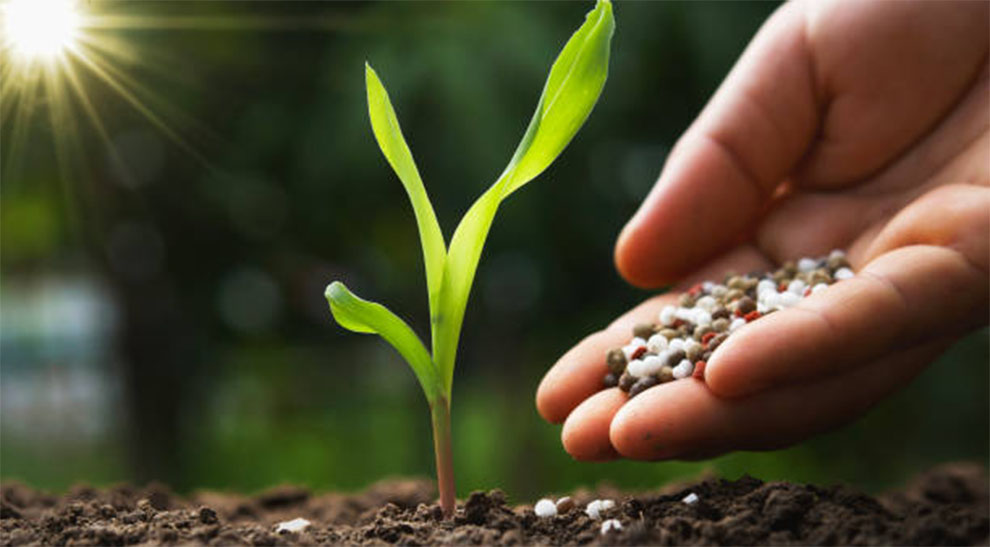
- Before fertilizing your willow tree, make sure the soil pH is between 6.0 and 7.0. If it is not, add either lime or sulfur to adjust the pH.
- Fertilize the tree in the early spring, just as the buds begin to swell.
- Apply a balanced 10-10-10 fertilizer around the tree, at a rate of 1/2 lb per inch of trunk diameter.
- Water the fertilizer into the soil to ensure it is absorbed.
- Reapply the fertilizer in late spring, after the tree has flowered, and again in mid-summer.
- Prune the tree in late winter, removing any dead or diseased branches.
When fertilizing willow trees, it is necessary to sprinkle the fertilizer throughout the tree’s drip line, which is the area right beneath the outermost branches. You can use a fertilizer spreader or spread the fertilizer by hand to guarantee the even distribution of the fertilizer.
When applying fertilizer, make sure to follow the directions on the package. In general, you should apply the fertilizer in tiny amounts over several weeks or months. This guarantees that the tree can progressively absorb the nutrients.
Finally, after each application, water the willow tree fertilizer into the soil. This is necessary to ensure that the fertilizer is applied evenly and that the roots are.
How Often To Use Fertilizer On Willow Trees?
For young trees, a balanced, slow-release fertilizer should be used. For mature trees, a slow-release fertilizer with a higher nitrogen ratio is recommended. During the growing season, a fertilizer with a higher phosphorus ratio should be used.
While it is important to use the best fertilizer for willow trees. it is also important to not over-fertilize it. Over-fertilizing can cause the leaves to yellow and drop prematurely. Additionally, too much fertilizer can cause the tree to become overly stressed, which can lead to disease and pest infestations.
To ensure that your willow tree is getting the proper nutrition, it is important to read and follow the instructions on the fertilizer packaging. The amount of fertilizer to use will depend on the size of your tree and the type of fertilizer you are using.
Related: Willow tree growth rate | Willow tree lifespan
When Should I Fertilize My Willow Tree?
Fertilizers can be used on willow trees from early spring to late summer. The best time to feed a willow tree is when the leaves are starting to emerge, usually around mid-April. During the growing season, fertilizers should be applied every four to six weeks.
To Sum Up…
In conclusion, the use of fertilizers on your willow trees can be a great way to keep your plants healthy and thriving. The use of fertilizers on willow trees can provide the necessary nutrients to keep your trees growing and looking their best.
Willow tree fertilizers are a great option for providing your willow trees with the nutrients they need to stay healthy and thrive. Not only are they cost-effective, but they are also easy to use and safe for the environment.
They are also available in various formulations to meet the unique needs of different willow trees. With proper application, these fertilizers can help ensure that your willow trees remain healthy and beautiful for years to come.
